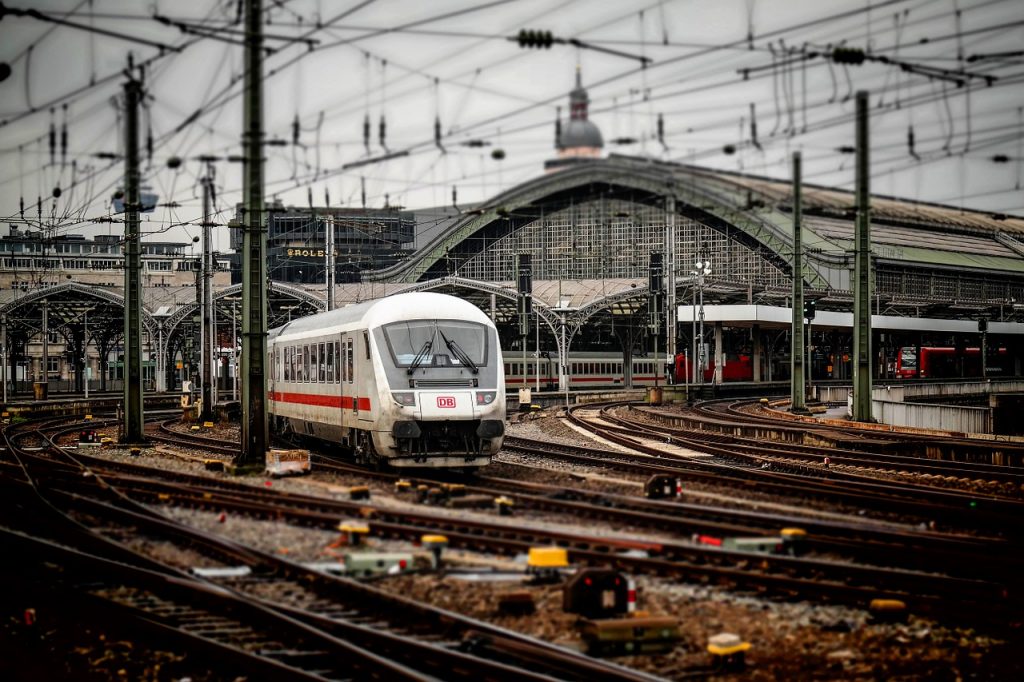How The Imminent Rail Strike Was Narrowly Avoided
President Biden, along with Labor Secretary Marty Walsh, was able to prevent a rail strike by addressing concerns related to worker pay, scheduling, and work-life balance.
This article is more than 2 years old
News of an imminent rail strike has dominated headlines lately. And with the global supply chain teetering on the brink of collapse multiple times over the last few years, a rail strike would be devastating. So, the nation breathed a huge sigh of relief this morning when a tentative deal was announced.
The welcome news also comes as a bit of a surprise. Until now, all reports on negotiation efforts indicated an insurmountable stalemate between sides. But, after over 20 hours of discussion, they reached a potential solution.
So, who exactly are the two parties that held the marathon talks? On one side are the unions representing the conductors and engineers who run the freight trains. And with over 50,000 members, they make our rail system run smoothly nationwide.
Sitting on the other side of the table was the US government, represented by the Labor Secretary, Marty Walsh. President Biden joined the conversation via phone late Wednesday night to urge a truce. The two union presidents joined President Biden at the White House for a Rose Garden press conference after finalizing a tentative deal.
The early morning resolution has been a long-time coming. Threats of a rail strike first appeared mid-summer. At the time, President Biden created a Presidential Emergency Board and issued an order that temporarily prevented a strike. The order included a 60-day cooling-off period that was to end Friday.
If a rail strike began once the clock ran out Friday, only Congress could order it to stop and only with new laws. Republicans and Democrats could not agree on a legislative solution. And due to that inaction, the Department of Labor and union presidents started negotiations.
Amongst the concerns were pay, scheduling, work rules, and other quality of life matters. Currently, railroad companies expect their employees to be on call seven days a week, with little notice to report to work. Additionally, those who could not make it to work for medical reasons had negative actions taken against them. The harsh environment resulted in many people leaving, which left drastic staffing shortages.

According to a statement made by President Biden, the negotiation team addressed all primary concerns in favor of rail workers. Additionally, the tentative agreement also offers a significant bump in pay. Overall, each worker will receive approximately $11,000 under the deal.
Both sides appeared quite pleased with the results. According to a CNN news report, both union presidents thanked the Biden administration and the Department of Labor for working to prevent a rail strike. The President echoed their sentiment: “You’ve reached an agreement that will keep our critical rail system working and avoid disruptions of our economy.”
A successful negotiation was critical since roughly 30% of our freight gets transported by rail. However, the tentative deal does not remove the rail strike threat. Union members still have to ratify the agreement before it can get finalized.
They have a brief cooling-off period before putting it to a vote. Since the Association of American Railroads also approves the deal, it may succeed. So, while no outcome is certain, there is a light at the end of the tunnel.



